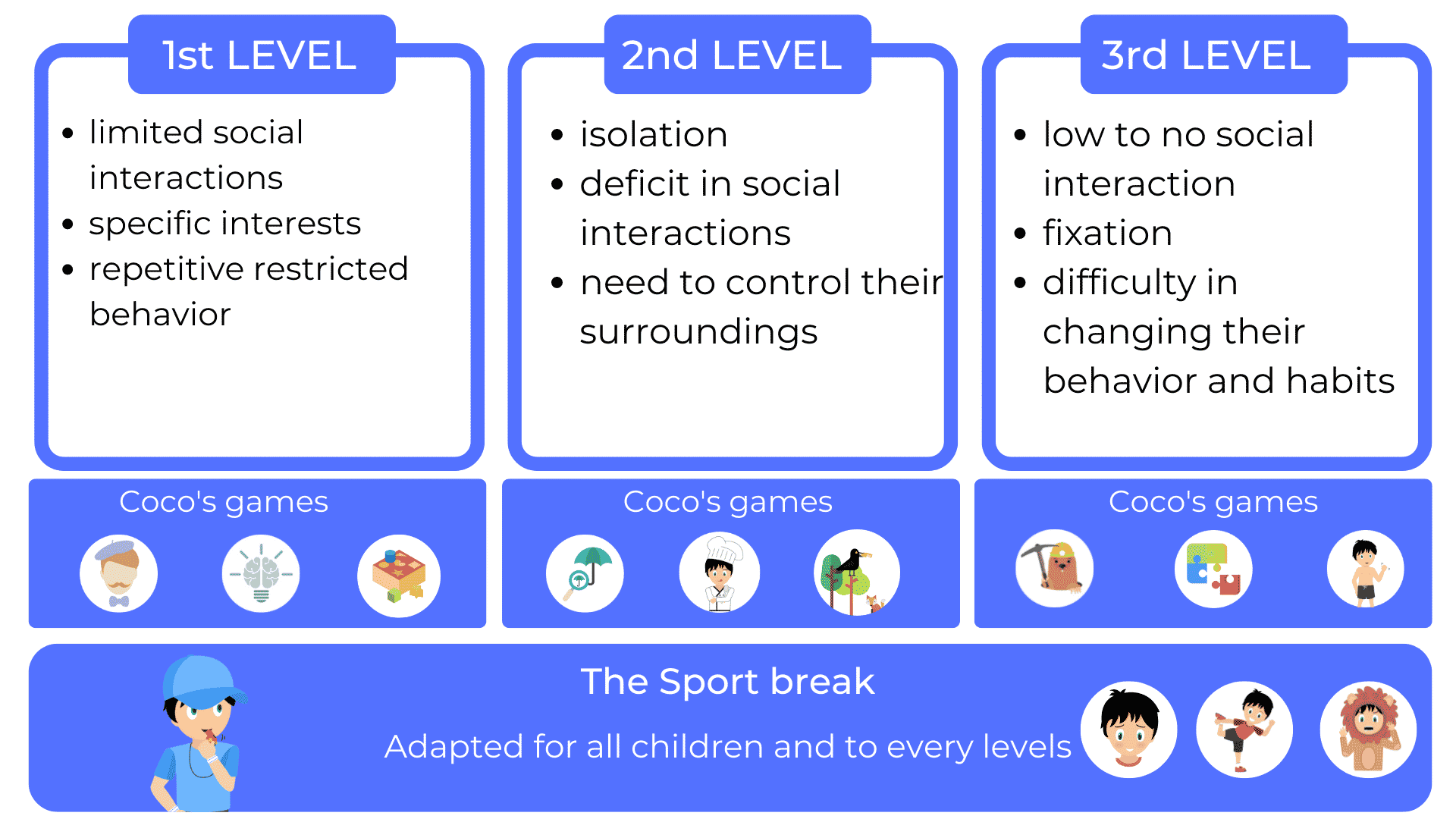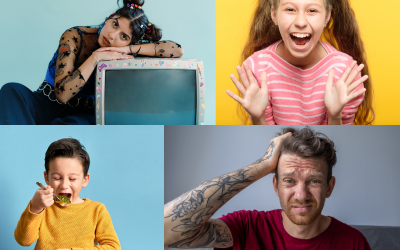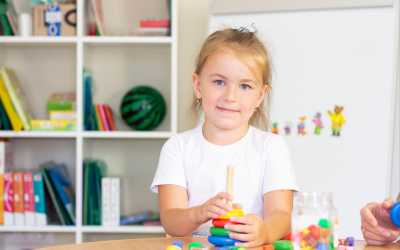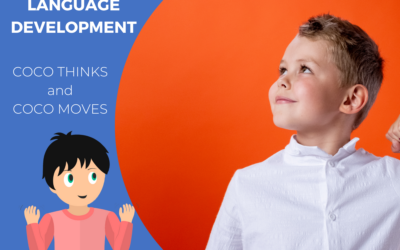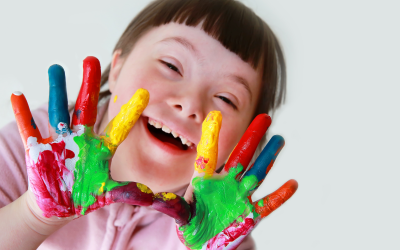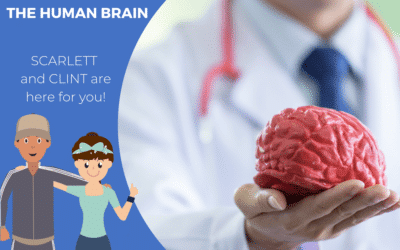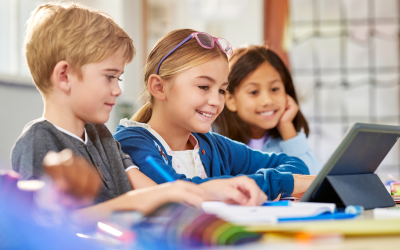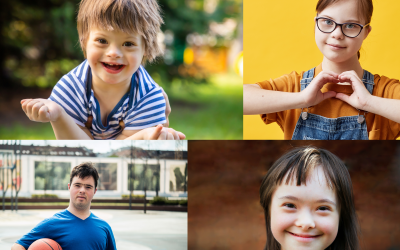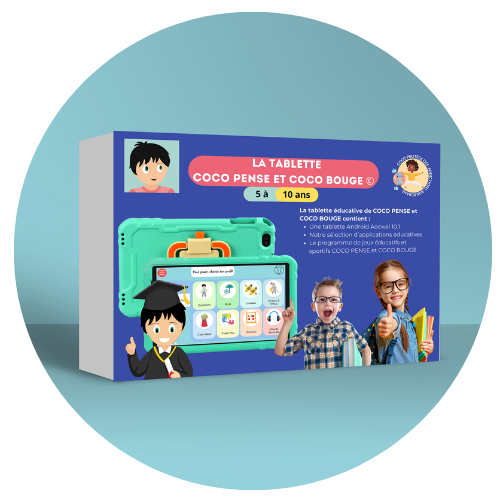Art therapy is a therapeutic approach that uses artistic expression to promote individual well-being and development. It offers many benefits for autistic children, enabling them to explore their creativity, develop their social skills and better manage their emotions. In this article, we explore the benefits of art therapy for children with autism and its role in their overall development.
Art therapy: the right approach for autistic children
Art therapy is a form of therapy that uses artistic expression as a means of communication and healing. It is particularly suited to autistic children because of its non-verbal nature and sensory approach. Children with autism may have difficulties with social interaction and verbal communication, but they often possess innate artistic skills and developed sensory sensitivity. Art therapy offers them a safe, creative space to express themselves, explore their inner world and develop their identity.
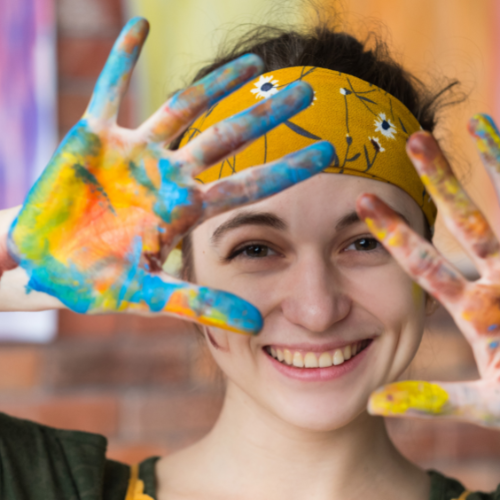
The benefits of art therapy for autistic children
1. Expression and communication
Art therapy offers autistic children a means of non-verbal expression. Artistic forms such as painting, drawing, sculpture and collage enable them to communicate their emotions, experiences and thoughts in a way that is more natural to them. Images, shapes, colors and textures become their language and their means of sharing their inner world with others. Art therapy enables autistic children to develop their own artistic language, promoting self-expression and self-esteem.
2. Social skills development
Group art activities offer autistic children opportunities to develop their social skills. By working on art projects with other children, they learn to share, cooperate, negotiate and respect each other’s ideas. Collaborative art activities also foster social bonding, as children share creative experiences and learn to work together towards a common goal. Art therapy offers a safe environment to practice and improve social skills, which can be positively reflected in other aspects of autistic children’s daily lives.
3. Managing emotions
Children with autism may have difficulty understanding and expressing their emotions appropriately. Art therapy offers them a space where they can explore and express their emotions creatively. Using artistic mediums, they can channel their emotional energy, reduce anxiety and improve emotional regulation. The act of creating art allows them to step back from their emotions, express them in a non-threatening way and find ways to deal with them more constructively. Art therapy offers autistic children powerful tools to better understand and regulate their emotions on a daily basis.
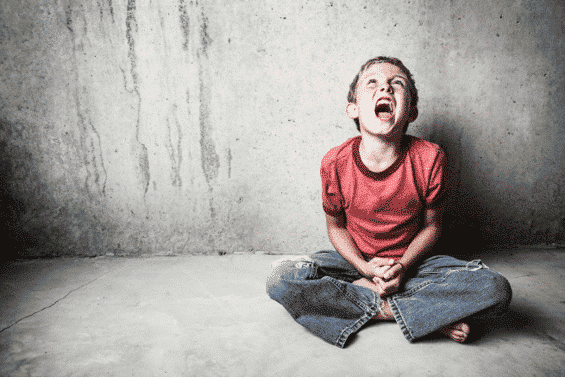
4. Development of cognitive skills
Art therapy stimulates cognitive development in autistic children. Artistic activities stimulate creative thinking, problem-solving, planning and decision-making. By exploring different artistic techniques, they develop their ability to think flexibly, generate ideas and solve artistic challenges. These cognitive skills can then be transferred to other areas of their lives, such as academic learning, solving everyday problems and adapting to new situations. Art therapy offers autistic children a unique opportunity to develop their cognitive skills while engaging in a playful and rewarding activity.
5. Improved self-esteem
Art therapy offers autistic children an opportunity for success and self-esteem. By developing their artistic skills, they can receive encouragement and positive feedback from the art therapist and other participants. Artistic success boosts their self-esteem, confidence in their abilities and sense of pride. Art therapy enables autistic children to recognize themselves as artists and develop a positive identity linked to their creativity and artistic achievements.
Art therapy is a valuable therapeutic approach for autistic children. It offers them a means of creative expression, social and emotional development, and reinforcement of cognitive skills. Art therapy enables autistic children to develop their potential and identity through artistic expression. By integrating art therapy into intervention programs for autistic children, we can promote their overall development and well-being.
COCO THINKS and COCO MOVES, educational and sports games
Today, COCO is an application used by autistic children either at home or with a healthcare professional, who may be a speech therapist, occupational therapist, psychologist or psychomotor therapist. All professionals wishing to subscribe to Coco can benefit from a web-based performance tracking platform. It is therefore possible to see the evolution and improvement of people with autism, and thus personalize their care.
Coco goes everywhere with you, because the application doesn’t need Wi-Fi to work, only for updates.
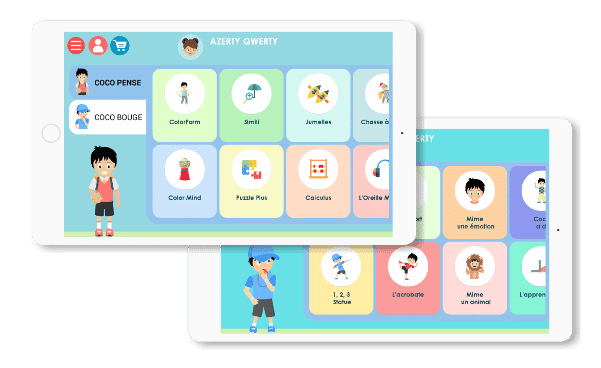
SPORTS BREAKS BENEFIT AUTISTIC CHILDREN
In COCO, you’ll also find physical activities. Every 15 minutes of screen time, the application stops and offers children physical games.
This sports break has many advantages for children, especially those with autism.
Screen use is very useful and loved by children, but prolonged use can become negative. With Coco, children can take a dynamic break, learning to let go of the tablet and engage in physical activity while having fun at the same time.
All our physical activities are designed with children in mind. With balance and dance games, children learn to know their bodies and adapt to their environment. For children with autism, this can be very useful for augmenting known motor patterns and for gaining a better sense of self (especially when there is hypo or hypersensitivity).
In Coco, there’s also the “mime an emotion” game, where the child has to reproduce the emotion shown on screen by Coco. Children can first learn to name emotions, to recognize them in themselves and then in others. What’s more, there’s an audio description in the game that explains the emotion and what you feel in your body.
In our educational application COCO, you can also learn to recognize your emotions with the game “Mime emotions”, in the COCO MOVES section. By clicking on the question mark, you will be able to learn the different emotions in order to better recognize them.
This game to mime emotions is also accessible as a break, every 15 minutes of screen. Every 15 minutes, children are asked to choose a physical activity for an active break. And you can also mime the emotions at that time!
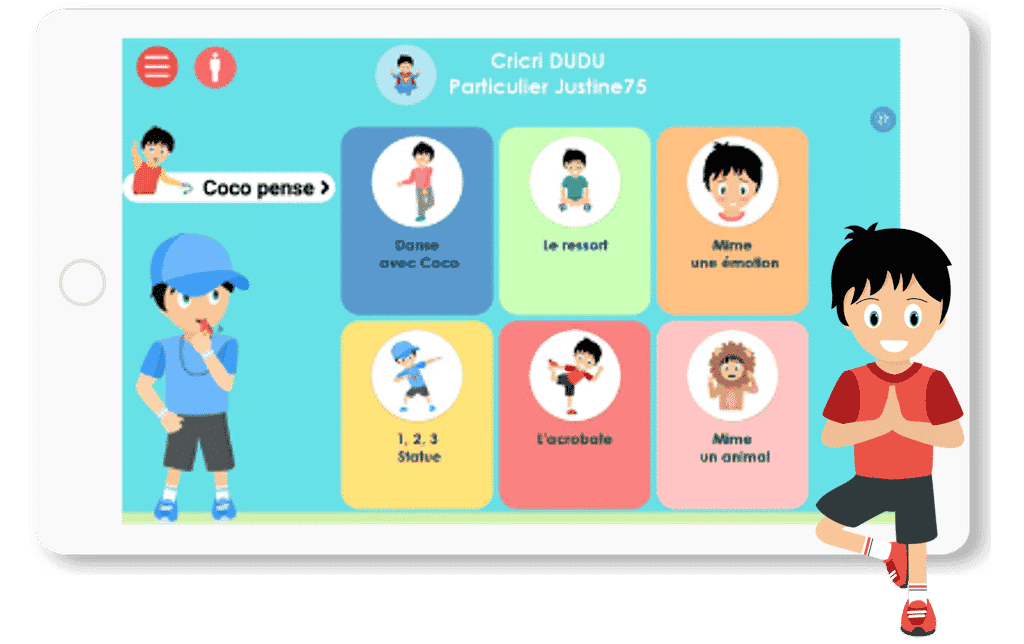
In our educational application COCO, you can also learn to recognize your emotions with the game “Mime emotions”, in the COCO MOVES section. By clicking on the question mark, you will be able to learn the different emotions in order to better recognize them.
This game to mime emotions is also accessible as a break, every 15 minutes of screen. Every 15 minutes, children are asked to choose a physical activity for an active break. And you can also mime the emotions at that time!


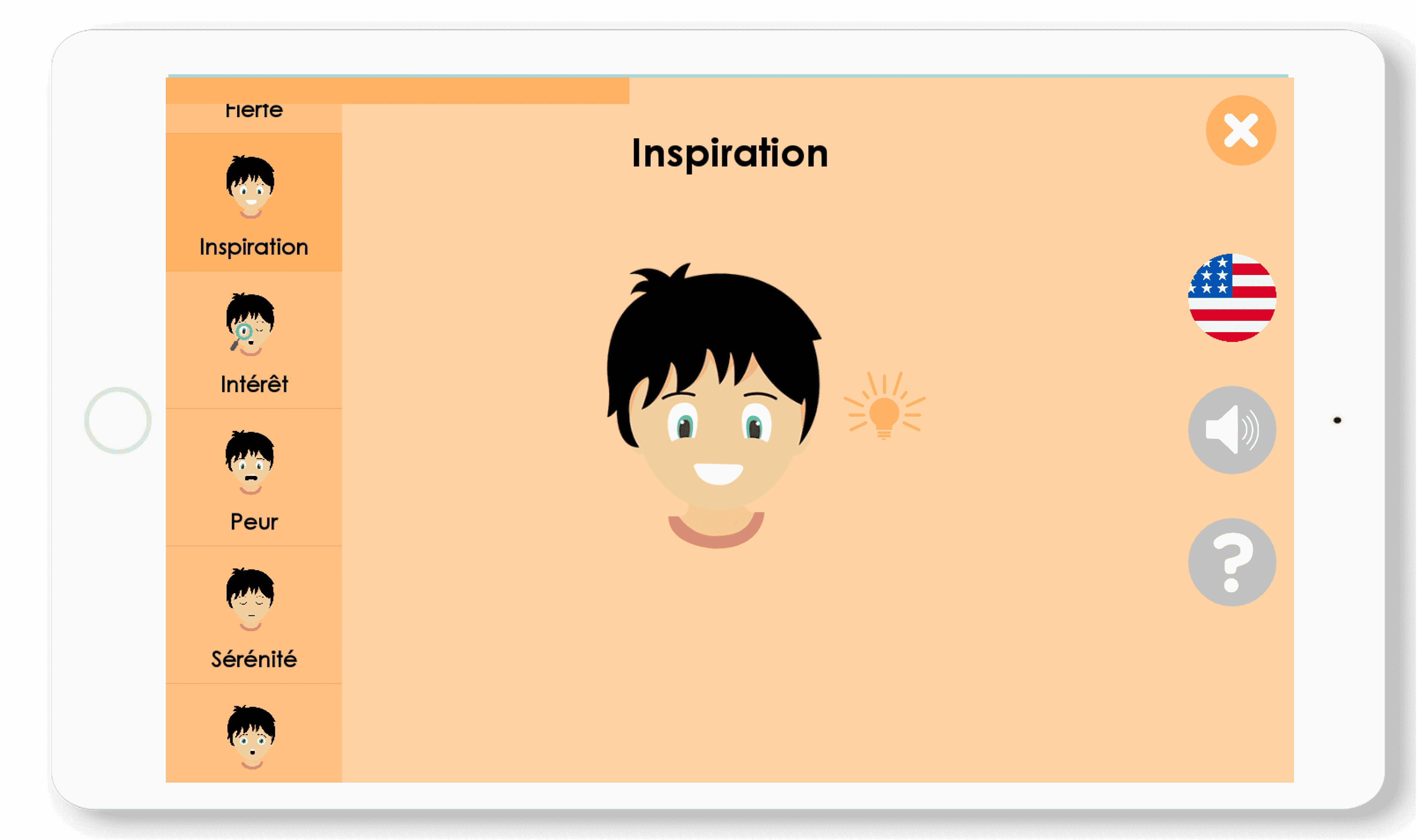
THE SURPRISE
Surprise means that you are surprised by a moment, a person or an object. Like an unexpected gift!
When you are surprised, you open your mouth and eyes wide.
THE CONFUSION
Confusion is being lost in our ideas because of an event for example. It is possible to make a mistake about the name of someone or something.
To mimic confusion, open your eyes wide, make a big “Hoo” with your mouth and raise your eyebrows.
INSPIRATION
Inspiration is the ability of our mind to imagine and create things like drawings, poems, stories.
For inspiration, we’ll squint our eyes, scratch our heads lightly with a smile and pretend to paint, write or draw.



THE AFFECTION
Affection means to be touched, to have positive thoughts for a friend, family member or pet.
Here, we smile, we think about the good times, we can hug, kiss, tell a friend that we like him or her.
.
THE BOREDOM
Boredom is present when we are in a situation that does not interest us. You don’t want to listen to the person in front of you or you don’t want to do anything.
For boredom, we’ll blow hard, look up and look around.
THE PAIN
Pain is an unpleasant sensation that can hurt. It can hurt physically with an accident. Pain can also be a feeling of missing someone or something or sadness.
To express the pain we raise the eyebrows upwards, we bend the eyes and we make a grimace with the face.
Other articles that might interest you:
Supporting children with autism
Dynseo proposesSUPPORTING CHILDREN WITH AUTISM with COCO THINKS AND COCO MOVESDynseo and its team are very much...
Supporting DYS children with COCO THINKS and COCO MOVES
Dynseo proposesDYS disorders with COCO THINKS and COCO MOVESOur educational and pedagogical games program COCO THINKS...
Language development
Children communicate from birth with movements, crying, looking at each other or with smiles. After only a few months,...
Supporting children with Down Syndrome with Coco
Dynseo proposesDOWN SYNDROME with COCODown syndrome is a non-hereditary chromosomal abnormality that leads to the...
Supporting people after a stroke
Dynseo proposesStroke with CLINT, your brain training coachThe Dynseo team is very involved in helping people who have...
Supporting someone with Alzheimer’s
In this guide, we will detail how SCARLETT can be used for supporting someone with Alzheimer's. SCARLETT is a...
10 myths about the human brain you didn’t know
The brain is an incredible muscle, however there are many things we do not know, and what we do know is not always...
Using Digital Tools to Support Students with Special Educational Needs
Special Educational Needs (SEN) encompass a wide range of learning difficulties and disabilities that can hinder a...
Down Syndrome and Communication: Facilitating Interaction with Visual and Interactive Supports
When we think about Down syndrome, we often recognize it as a genetic condition that affects physical and cognitive...
How to Track Progress in People with Down Syndrome Using Digital Tools
Down syndrome, a genetic condition caused by the presence of an extra chromosome 21, affects approximately 1 in every...


